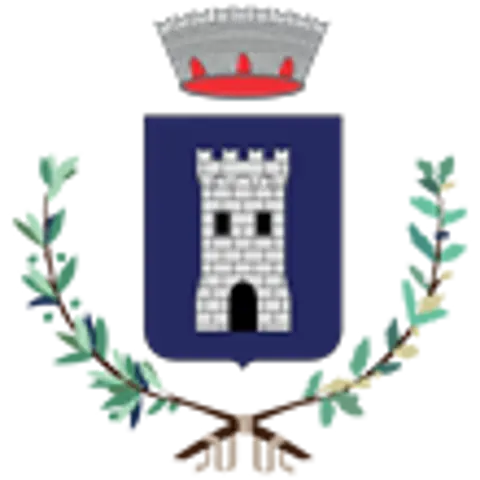Piazza Mercato
Pisogne per la sua posizione sin dal Medioevo fu emporio del commercio di tutta la valle e sede di un grande mercato settimanale che acquisì ancora maggiore importanza nel corso del '600. Il mercato si teneva nella grande piazza detta appunto del Mercato che un tempo si affacciava direttamente sul porto.
Il pannello tattile di questo cartello rappresenta la posizione dello stesso sul lato nord della piazza. Toccando il piccolo cerchio siete nel punto in cui è collocato il cartello. Alla vostra sinistra potete dirigervi verso il centro storico, la Torre del Vescovo e l’altra piazza, dove sorge la chiesa Parrocchiale. Toccando il pannello tattile verso destra sentirete invece due linee parallele che rappresentano la ferrovia, mentre un rettangolo vi indica dove si trova il passaggio a livello che conduce sul lungolago. Ponete attenzione nello spostarvi verso il passaggio a livello perchè per raggiungerlo dovete attraversare la strada. All’estrema destra del pannello tattile la parte di rilievo più bassa rappresenta le acque del lago, mentre gli altri rilievi rappresentano gli spazi urbani circostanti.

